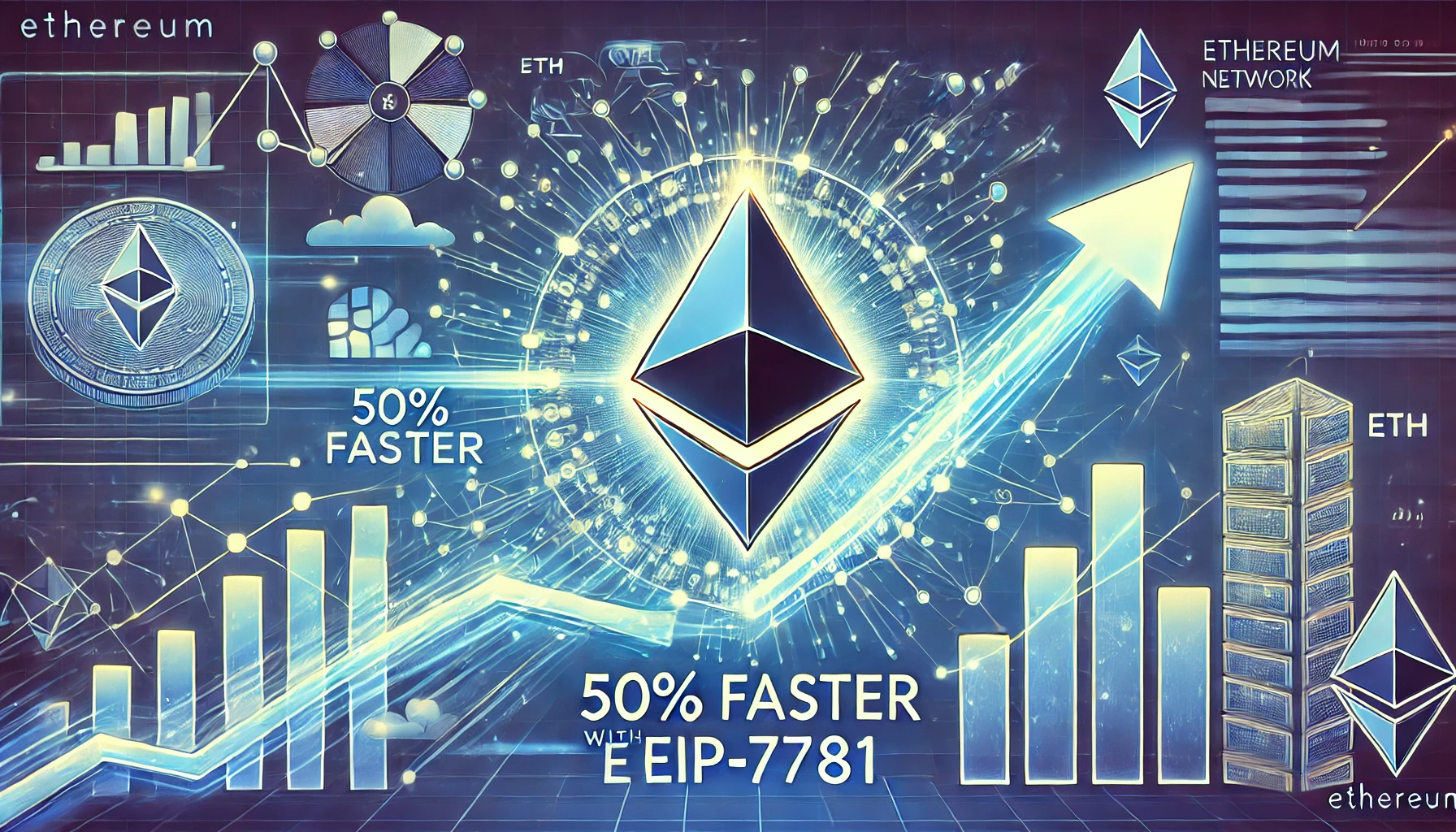CXBOS Insights
Your daily dose of news, insights, and information.
ETH and the Great Blockchain Bake-Off
Join the ultimate showdown in the Great Blockchain Bake-Off! Discover how ETH takes the lead in flavor and flair in the world of crypto.
Understanding Ethereum: A Beginner's Guide to ETH and Its Potential
Ethereum is a decentralized, open-source blockchain that facilitates the creation of smart contracts and decentralized applications (dApps). Launched in 2015 by Vitalik Buterin and his team, Ethereum introduced a revolutionary concept that allows developers to build and deploy their own applications on its platform. Unlike Bitcoin, which primarily serves as a digital currency, Ethereum's primary purpose is to enable programmable transactions through its native cryptocurrency, ETH. This flexibility has opened the door to countless innovations in various sectors, from finance to gaming, making Ethereum a foundational element of the growing decentralized finance (DeFi) ecosystem.
Understanding Ethereum is crucial for anyone interested in the future of technology and finance. The power of ETH lies not only in its currency value but also in its utility for powering applications and transactions on the Ethereum network. As the demand for decentralized solutions continues to rise, the potential for Ethereum and ETH to transform industries is immense. Key features like its ability to support token standards such as ERC-20 and ERC-721, facilitate crowdfunding through Initial Coin Offerings (ICOs), and create non-fungible tokens (NFTs) underscore the versatility of this platform. As a beginner, diving into Ethereum could open up a world of opportunities in the evolving digital landscape.

The Great Blockchain Bake-Off: Comparing Ethereum with Other Blockchains
The Great Blockchain Bake-Off is an intriguing way to explore how Ethereum compares to other blockchains in the ever-evolving digital landscape. As the second-largest cryptocurrency by market capitalization, Ethereum has pioneered the concept of smart contracts, enabling developers to build decentralized applications (dApps). However, it faces stiff competition from other blockchains like Solana and Cardano, which offer faster transaction speeds and lower fees. When evaluating these platforms, factors such as scalability, security, and community support must be taken into account to determine which blockchain might best serve your needs.
In this blockchain comparison, we need to consider several critical aspects to understand the strengths and weaknesses of Ethereum versus its competitors. For instance, while Ethereum boasts a robust ecosystem and extensive developer tools, it currently grapples with scalability issues that have led to high gas fees during peak usage. In contrast, blockchains like Binance Smart Chain and Polygon have emerged as viable alternatives by addressing these challenges. Ultimately, the choice of blockchain will depend on specific project requirements, but studies like this Batch of comparisons will guide potential users through the intricate landscape of available options.
How Does ETH Fuel Decentralized Applications and Smart Contracts?
Ethereum (ETH) serves as the backbone of decentralized applications (dApps) and smart contracts through its innovative blockchain technology. At the core of this system is the ability to execute smart contracts, which are self-executing contracts with the terms of the agreement directly written into code. This allows developers to create a wide range of applications that operate independently of intermediaries. With Ethereum's smart contract functionality, developers can automate processes that traditionally rely on third parties, resulting in increased efficiency and trust within the platform.
Moreover, ETH is the native cryptocurrency of Ethereum, and it plays a crucial role in the ecosystem by serving as the means to pay for computation and transaction fees on the network. When users interact with dApps or deploy smart contracts, they need to spend gas, which is a unit of measurement for the computational work required. This incentivizes miners to validate transactions and maintain the network's integrity. Consequently, ETH fuels the entire Ethereum network, enabling developers to build innovative solutions that promote decentralization and enhance the user experience.